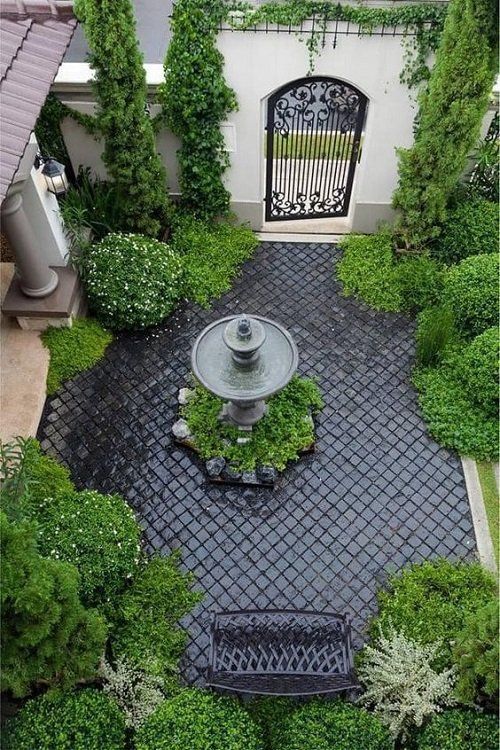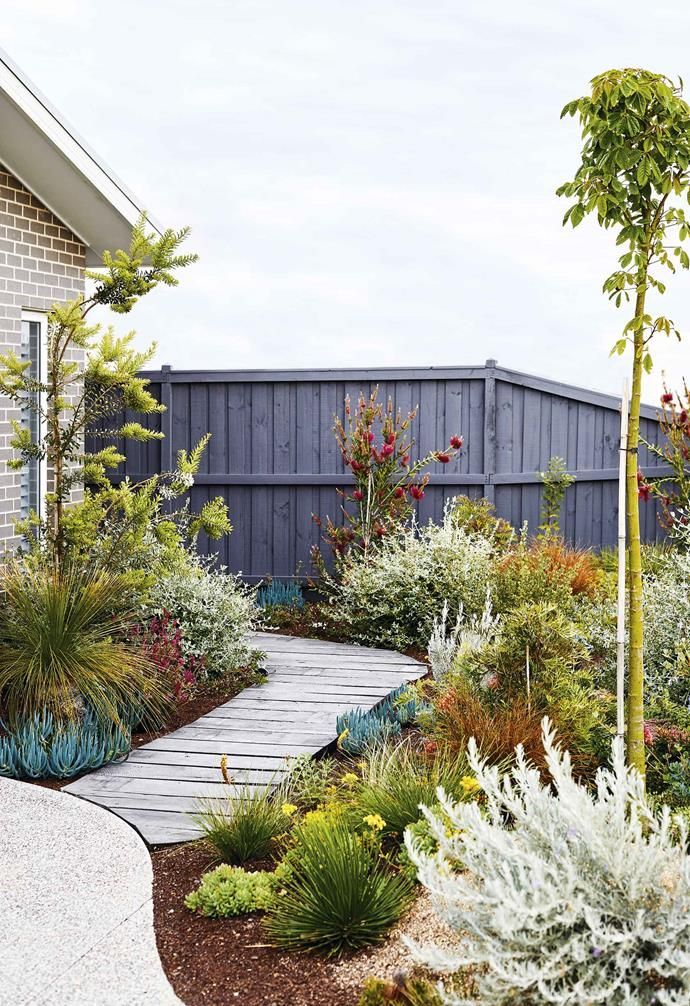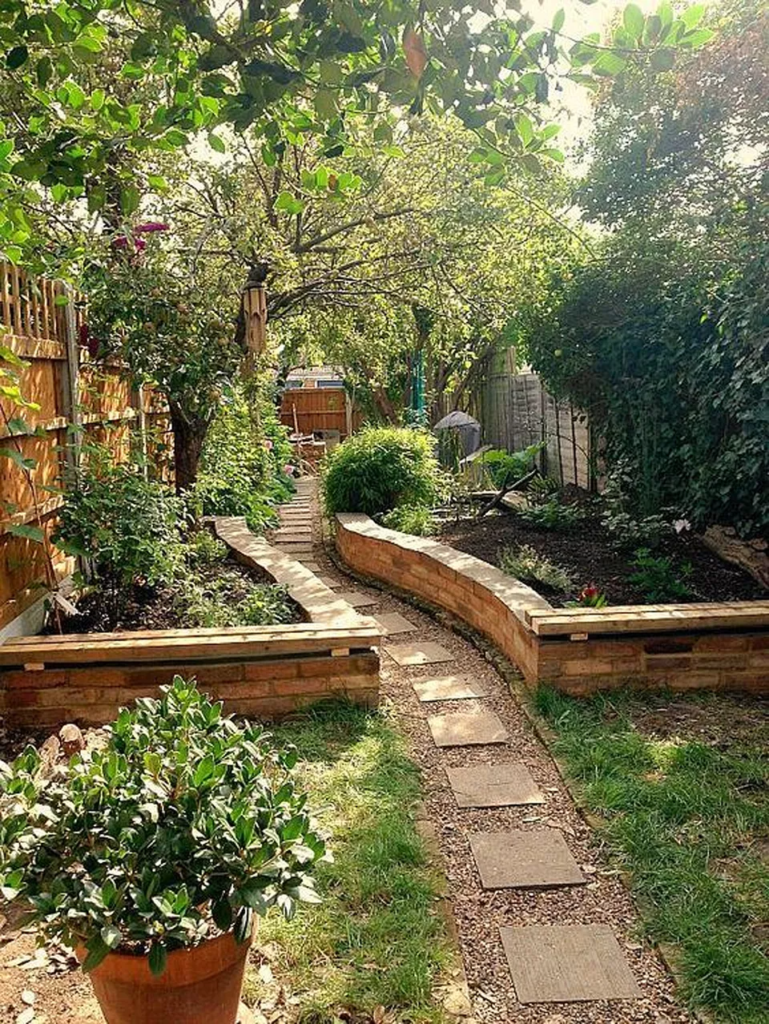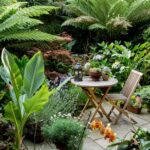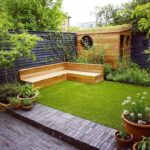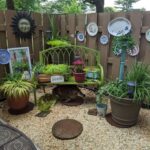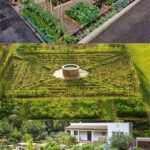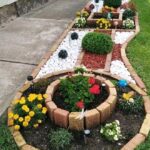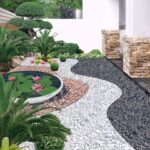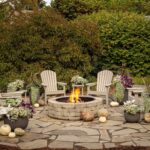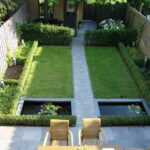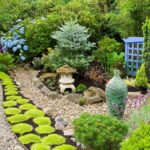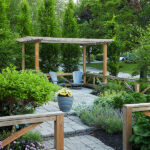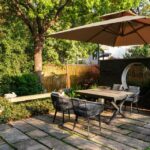One popular garden design idea is to create a colorful and vibrant flower garden. This can be achieved by carefully selecting a variety of flowers in different shapes, sizes, and colors to create a visually appealing display. Mixing annuals and perennials can ensure that there are blooms throughout the year, providing constant interest and beauty in the garden.
Another popular garden design idea is to incorporate elements of water into the landscape. This can be achieved by adding a small pond, fountain, or even a simple bird bath to attract wildlife and create a serene atmosphere. Water features can also help to mask noise from nearby streets or neighbors, providing a peaceful oasis in the backyard.
One creative garden design idea is to create a themed garden, such as a butterfly garden or a herb garden. Themed gardens can add a unique and personal touch to the landscape, while also providing a fun and educational experience for visitors. For example, a butterfly garden could feature plants that attract butterflies, while a herb garden could include a variety of herbs for cooking and medicinal purposes.
Vertical gardening is another popular garden design idea that is especially useful for small spaces. Vertical gardens can be created by using trellises, wall-mounted planters, or even repurposed materials such as pallets or old ladders. Vertical gardens not only maximize space in small gardens, but they can also add visual interest and texture to the landscape.
One timeless garden design idea is to create a formal garden with symmetrical planting beds, geometric shapes, and carefully manicured hedges. Formal gardens are elegant and sophisticated, often featuring classical elements such as urns, statues, and pathways. These gardens can add a sense of order and structure to the landscape, creating a sense of peace and tranquility.
Lastly, for those who prefer a more low-maintenance garden, a xeriscape garden design may be the perfect choice. Xeriscaping involves using plants that are native to the area and require minimal watering and maintenance. This type of garden design can be both environmentally friendly and cost-effective, as it reduces the need for water and chemical inputs while still providing a beautiful and sustainable landscape.
